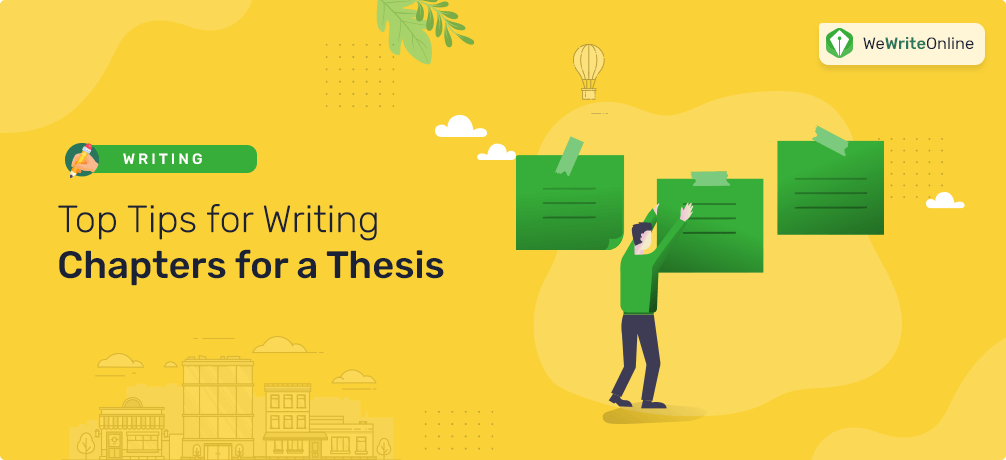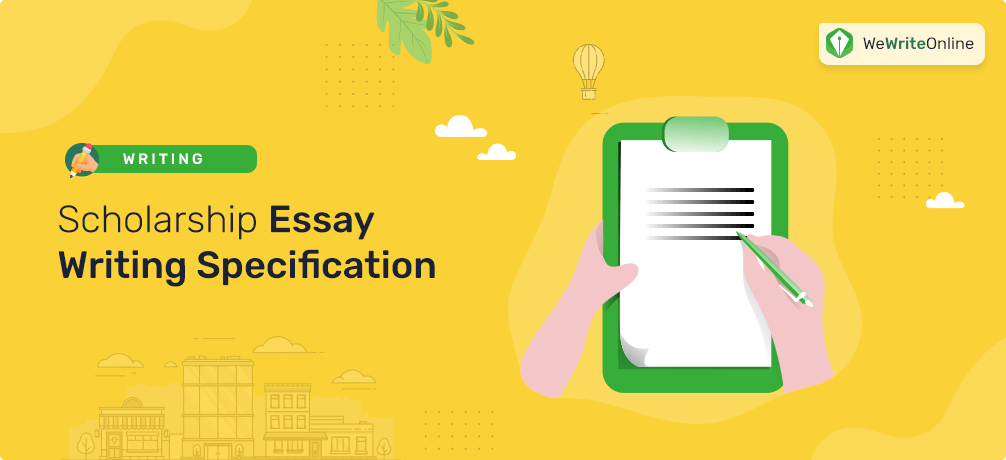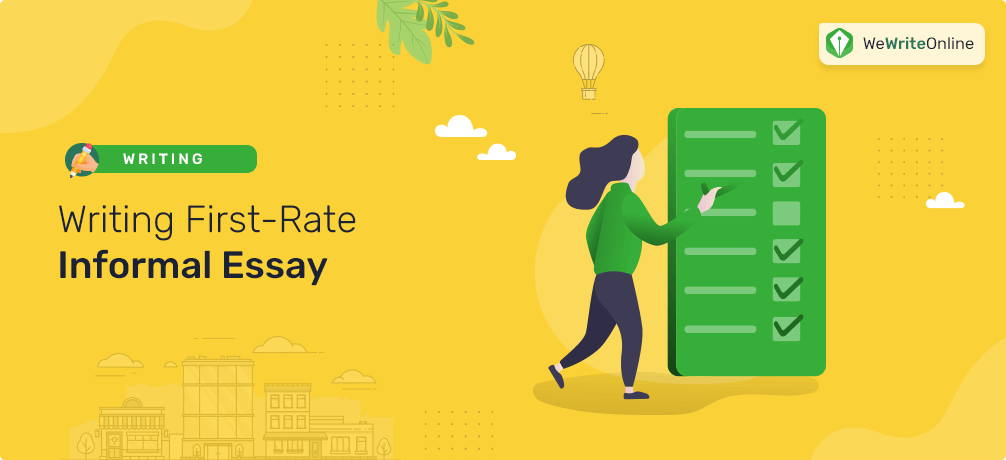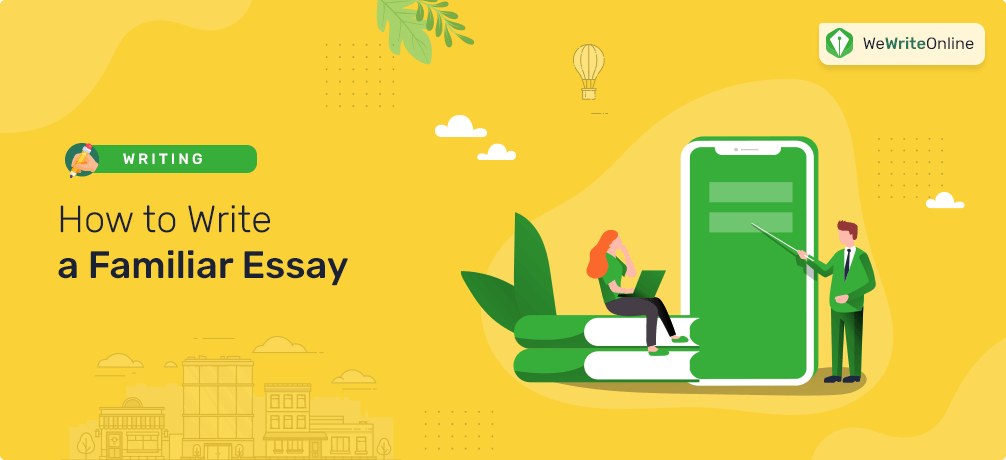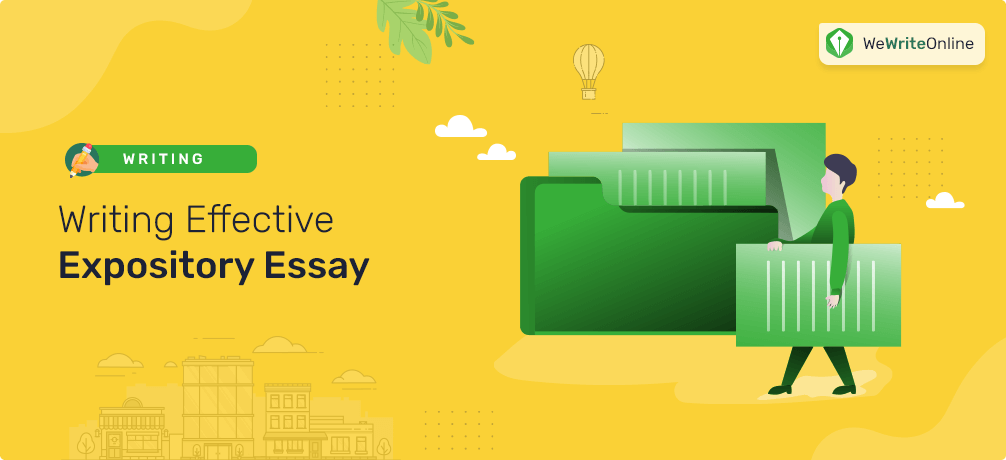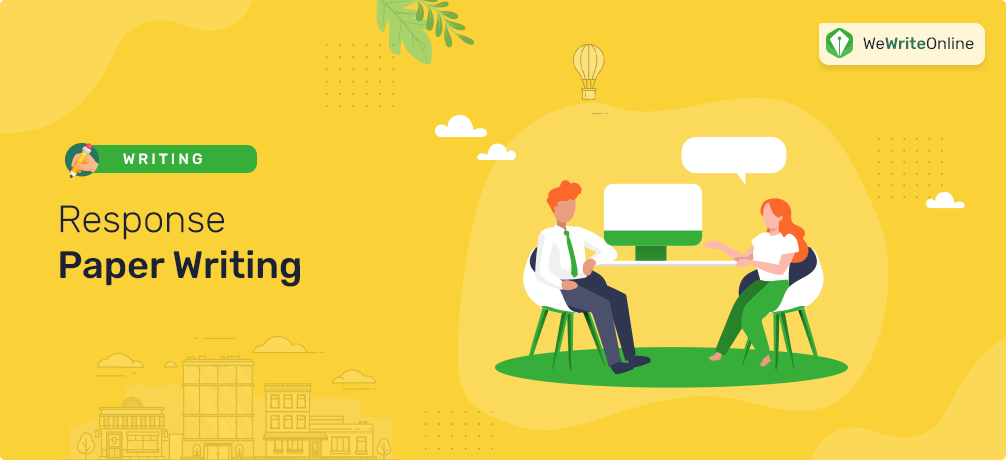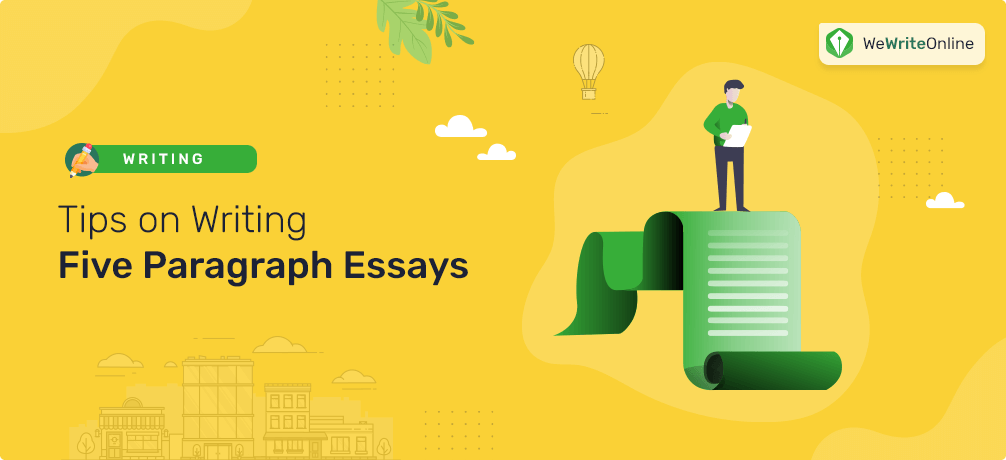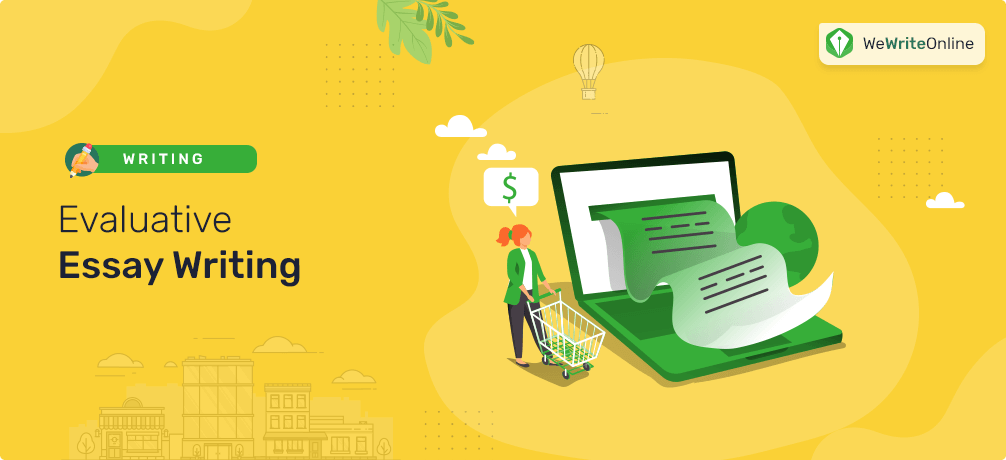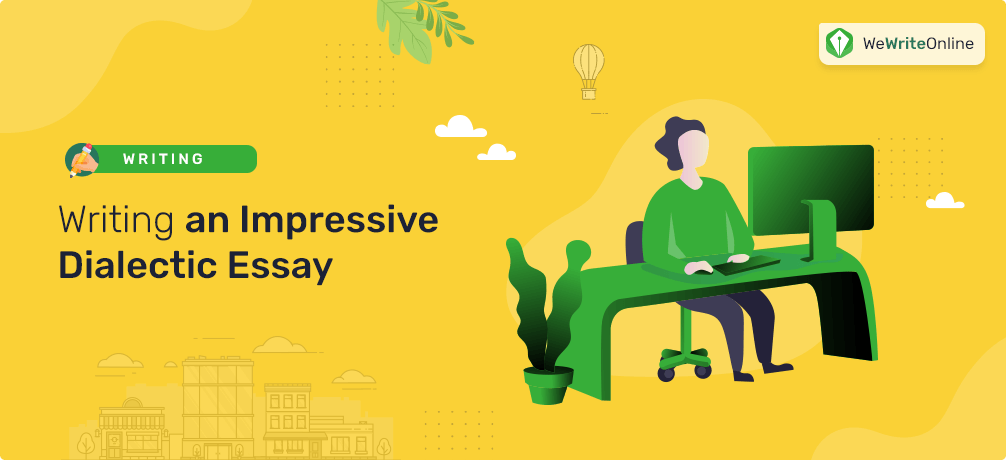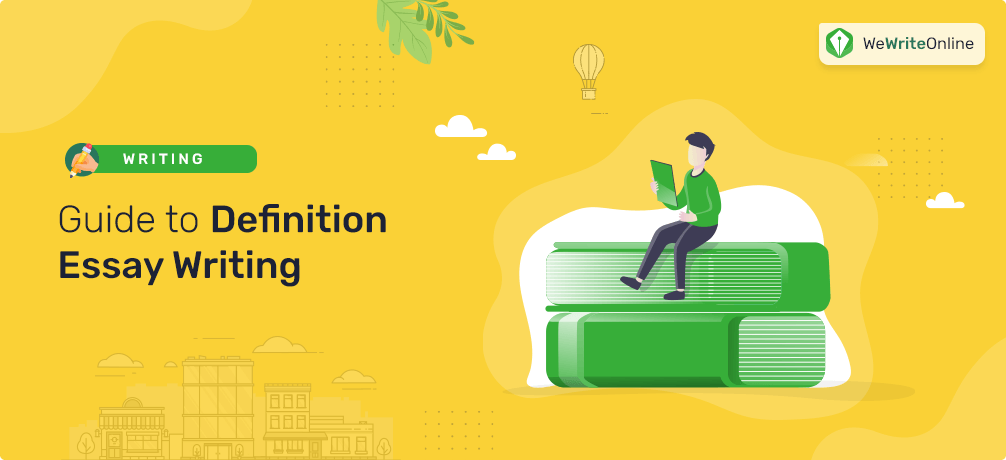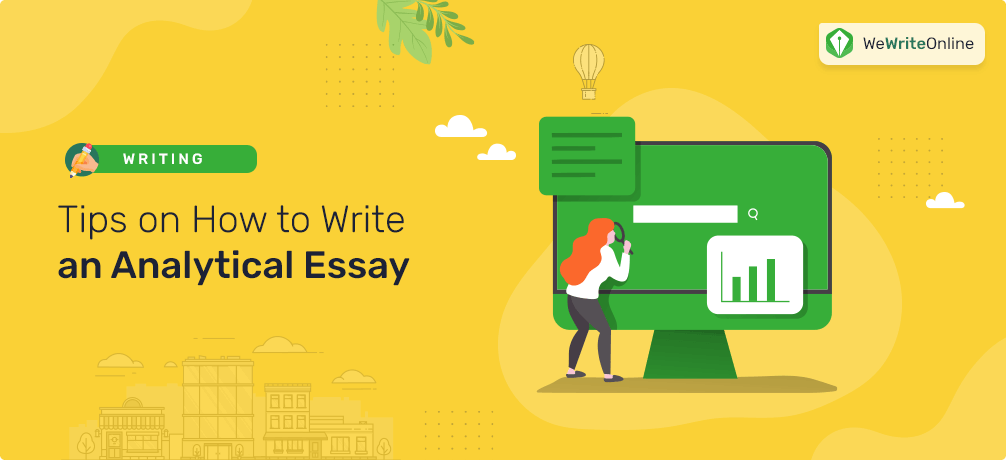
The structure of an analytic essay is as follows:
- An introductory paragraph
- Some main body paragraphs
- A concluding paragraph
The Introductory Paragraph
An introductory paragraph should be eye-catching and compelling. Another aim should be to provide the reader with some essential information on the topic. If possible or appropriate, it should also include some fascinating motives for writing the essay or some interesting reflections or quotations. The primary sentences should provide some background information in order to set the scene for interesting and in-depth explanatory analysis. It is best not to write from the first or second person perspective (i.e. “I” and “you” respectively). And do not forget to include a thesis statement, which is usually placed towards the end (or last sentence). Essentially, an effective introduction provides a roadmap and sets out the context and objectives of an essay.
The Main Body Paragraphs
It is crucial that the main body paragraphs of an analytic essay are strong and persuasive. Usually, the body should be divided into topic areas, each of which focuses on a particular aspect of the argument. Within this part of their essay, the writer should try to show how well they are able to reason a point and make optimum use of available evidence to support their claims. Each paragraph in the body should be constructed in the following manner:
- Begin with a topic (or main) sentence: It is possible to write analytical essays on virtually any subject or topic because this style of writing does not restrict the writer to any specific field or discipline.
- An in-depth analysis of some aspect of the topic.
- Solid proof or evidence from a chosen text to support your thesis statement and subsequent analysis.
A topic sentence indicates to your reader what that particular paragraph will cover. Next, you should provide evidence to support that paragraph’s main point or argument. In addition, do not forget that every claim should link back to the thesis statement.
The Concluding Paragraph
To bring an analytical essay to its conclusion, the writer should recap and assess all the previous information with the aim of arriving at an opinion. All the main points from your analysis should be covered. The primary objective of a concluding paragraph is to draw attention to all the logical and coherent evidence or information that has been put forward and to highlight any informational gaps. The conclusion should show your readers how you built and supported any arguments you made. This usually means making reference to how your claims or arguments relate to other arguments on the topic or how your particular argument may change your readers’ perspective.
Annotated Bibliographies
Annotated bibliographies are lists of the references and/or citations taken from articles, books, and other sources. These are usually written separately from essays (at the end) and they show all the references used with a brief evaluation and description (annotation) of each work. An annotated bibliography is a way of letting the reader know how accurate any cited sources are and that they are of good quality. They differ from a normal bibliography, which is simply a list of references minus any evaluation or description of the source.
Annotated Bibliography – Styles and Formats
Of the many different formatting styles used for creating annotated bibliographies, the most common types are:
- The American Psychological Association (APA) – mostly used in social science subjects.
- The Modern Language Association (MLA) – humanities subjects.
Other popular formatting styles:
- Associated Press (AP)
- Chicago/Turabian
- Council of Science Editors (CSE) – science subjects.








